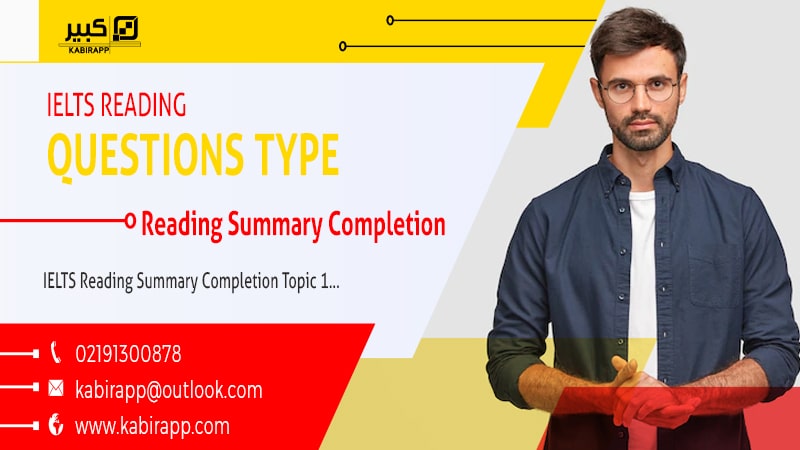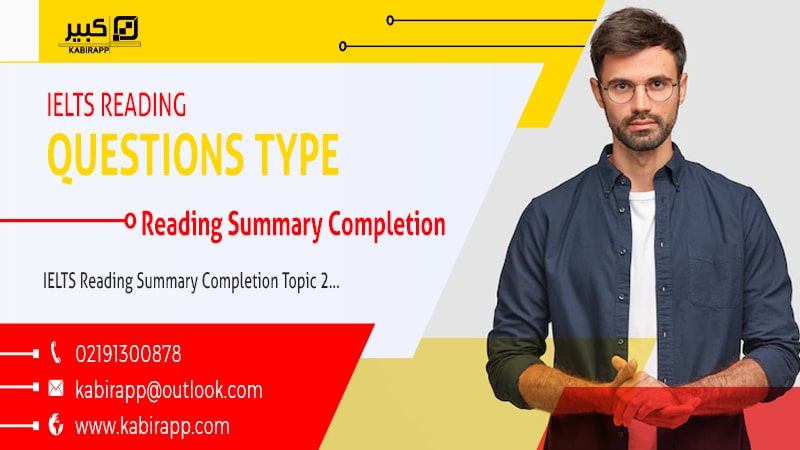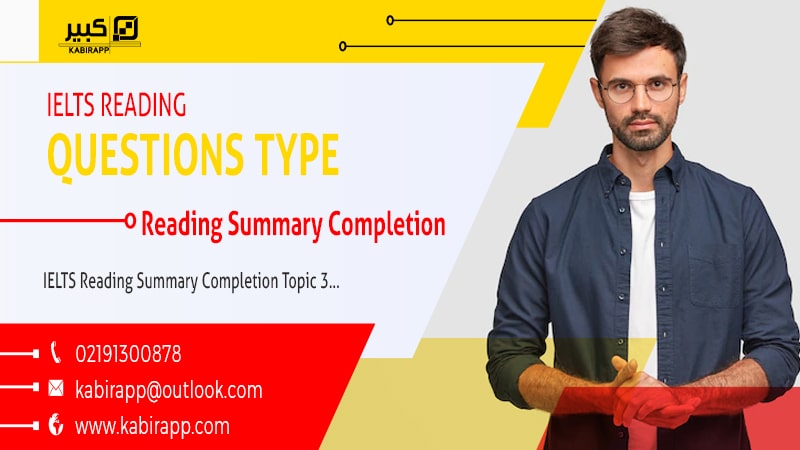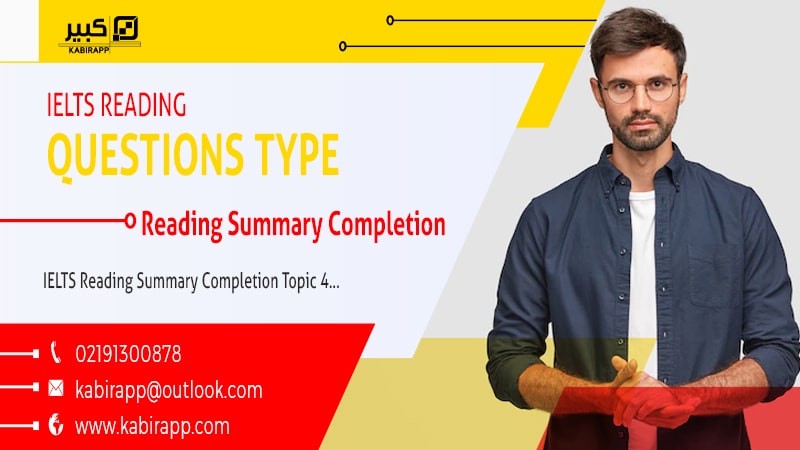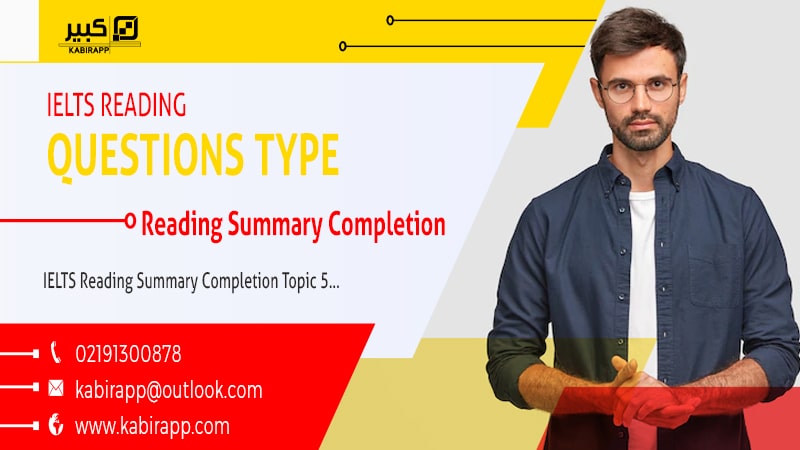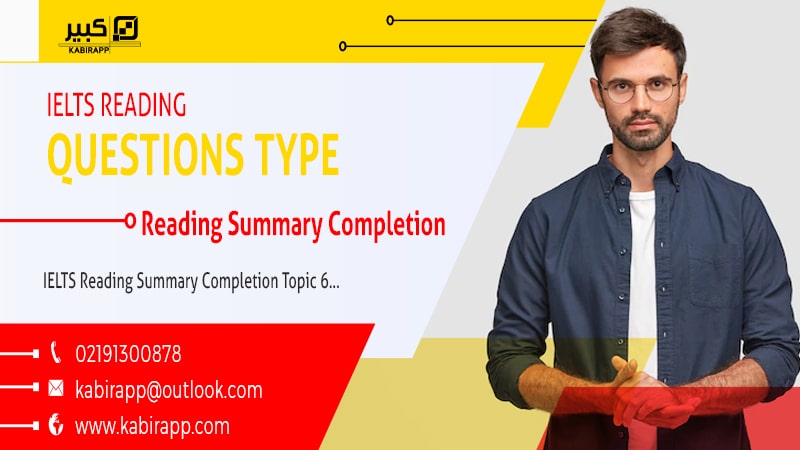محتوای الکترونیکی
IELTS Reading Summary Completion Topic 9
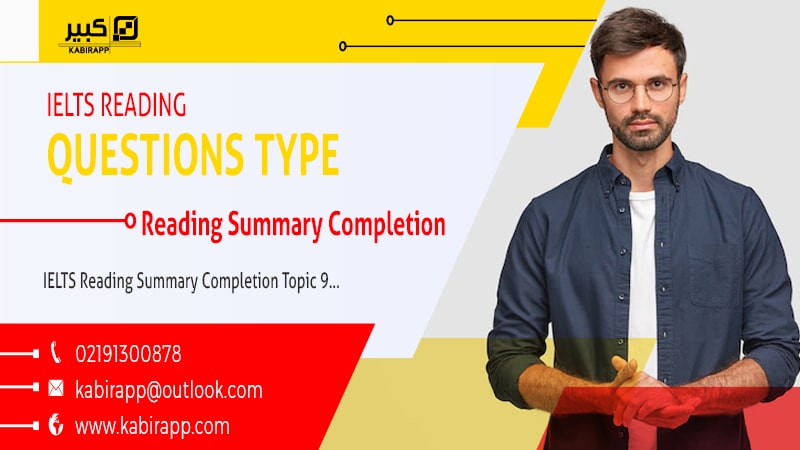
“Freebie” Marketing
Not all forms of freebie marketing are legal. One notable example of this is the use of freebie marketing to “push” habit-forming goods in areas where there is otherwise no market. For illegal substances, this is already restricted on the basis of the product’s illegality, but the use of freebie marketing to promote legal goods such as tobacco, alcohol and pharmaceuticals is also outlawed because the short-term gain to a small number of commercial outlets is not deemed worth the social cost of widespread substance abuse.
Another practice that is prohibited under antitrust laws is a form of freebie marketing known as “tying”. This is when a seller makes the sale of one good conditional on the acquisition of a second good. In these instances, the first good is typically important and highly desirable, while the second is inferior and undesirable. A music distributor who has the rights to an album that is in high demand, for example, might only allow stores to purchase copies of this album if they also buy an unpopular stock that does not sell very easily. Because this typically relies on the manipulation of a natural monopoly on the part of the distributor, such practices are widely understood to constitute anti-competitive behaviour.
Questions 1-4
Complete the summary below.
Choose No More Than Two Words from the text for each answer.
Write your answers in blank spaces next to 1-4 on your answer sheet.
Freebie marketing is not permitted by law for either illegal or legal 1………………… products. This type of promotion of goods such as tobacco and alcohol is not considered worth the 2…………….. and has consequently been outlawed. “Tying” is also prohibited. This is when the sale of an attractive product is 3…………………. on the purchase of another. It tends to occur when the seller takes advantage of a natural monopoly and is generally considered to be 4………………..
| habit-forming | Freebie marketing | Illegal substances |
| Natural monopoly | Anti-competitive behaviour | Social cost |
| Pharameucitcal | Antitrust laws | Music distribution |
| Conditional |
Answers
|
Explanation
Now, could you guess the reason behind the answers?
| For the first question, in the first paragraph, the word “habit-forming” appears in the original. However, the following word “good” is replaced with “products” in the question. For the second question, in the first paragraph, the phrase “worth the social cost” appears in the original. For the third question, in the second paragraph, the word “conditional” appears in the original; however, words ahead of it have been rephrased with synonyms in the question. For the fourth, the word “anti-competitive behaviour” appears in the original text in the last line of the second paragraph. Also, since anti-competitive is hyphenated, it is a single word and all together, it is two words only. |
بهترین ها
| نام | تعداد آزمون | میزان موفقیت | |
|---|---|---|---|
| َAmeneh Darvishzadeh | 1 | 100/00 % | |
| Mehrad Hashemi | 1 | 100/00 % | |
| مهدی حسین پور آقائی | 1 | 100/00 % | |
| Farnoush Toghiany | 21 | 98/36 % | |
| zahra namdari | 46 | 98/21 % | |
| یاسمن محمدی پور | 4 | 98/08 % | |
| Sheida Taheri | 3 | 97/37 % | |
| پژمان همدانی | 3 | 97/37 % | |
| محمدحسین میرزایی | 3 | 97/30 % | |
| Tara Mohammadi | 3 | 96/43 % | |
| yasaman mohamadipur | 51 | 95/86 % | |
| محمدجواد ملائی اردستانی | 3 | 94/44 % | |
| Arzhang Saberi | 4 | 93/33 % | |
| Soheila Karimi | 124 | 92/73 % | |
| aram farhmand | 10 | 92/31 % | |
| یاشار اسکندری | 98 | 91/14 % | |
| الشان مقیمی آذر | 11 | 90/80 % | |
| عباس پورمیدانی | 1 | 90/00 % | |
| پریسا سلوکی شهرضایی | 72 | 89/49 % | |
| ارشیا قلمکاری | 33 | 89/23 % |
